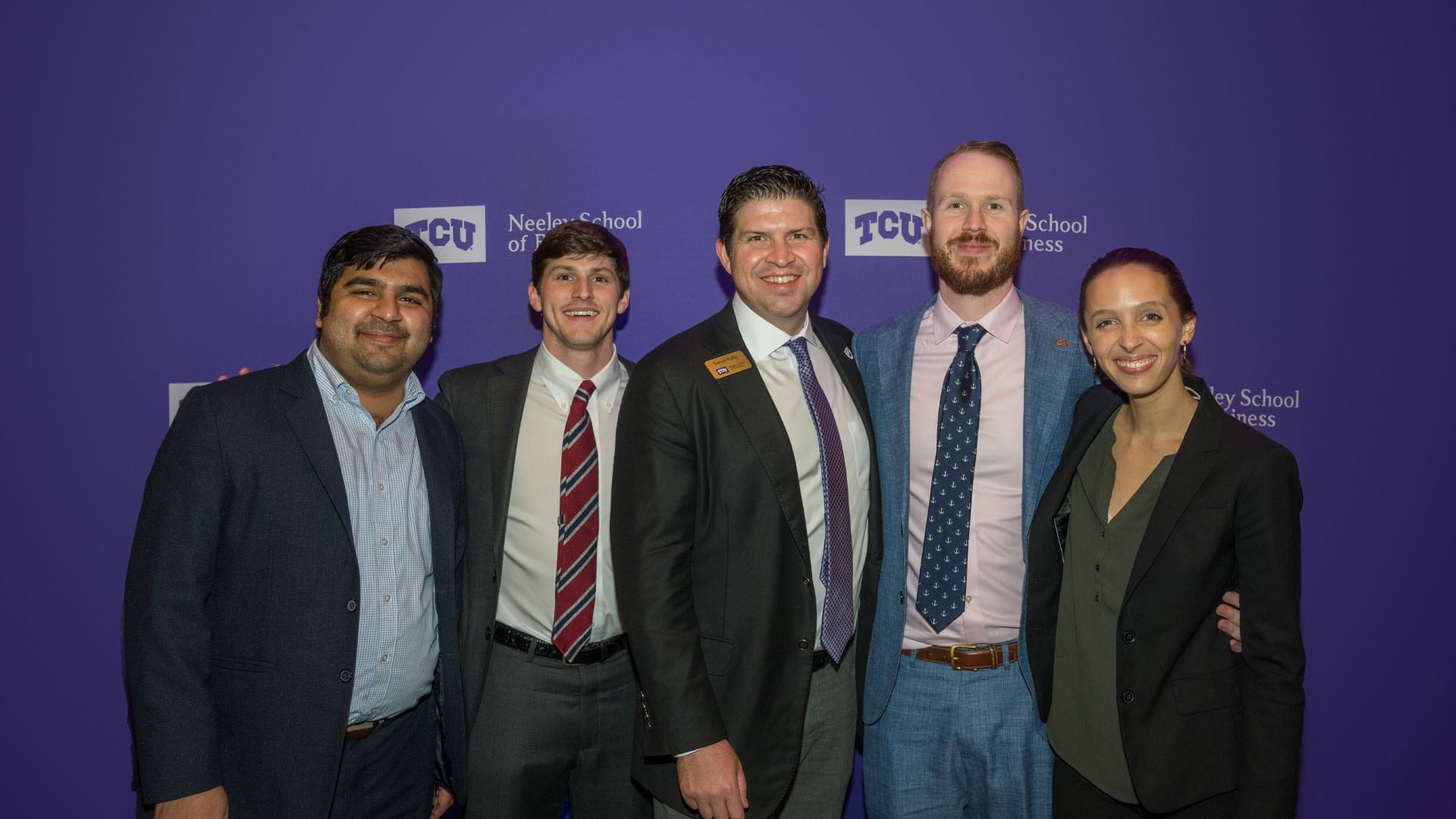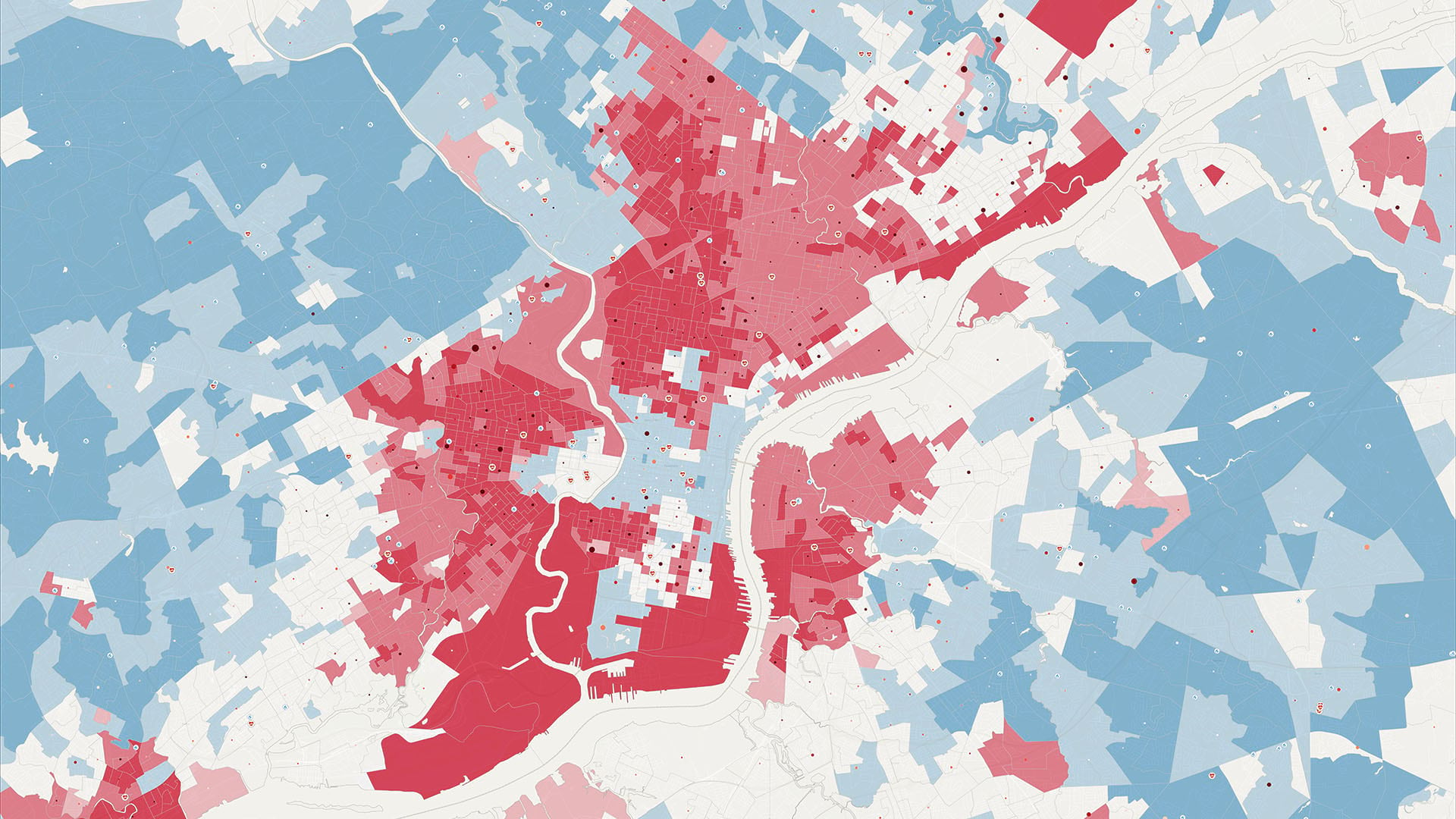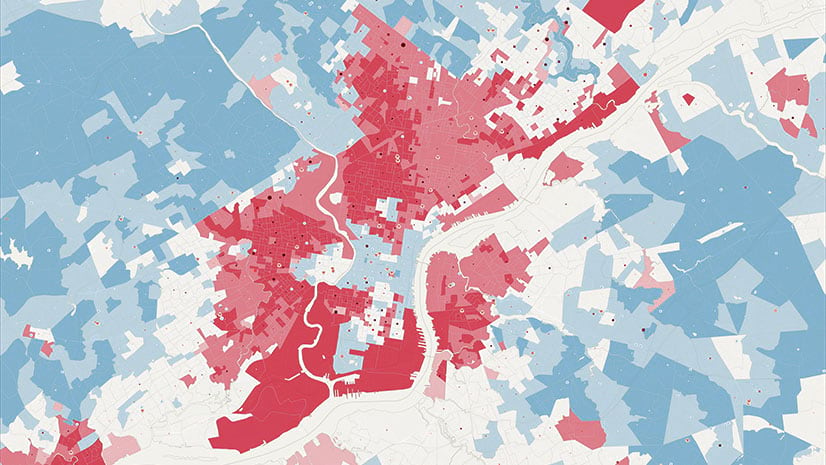Some of the world’s most successful companies are piloting a new model of information gathering. In geospatially enabled centers of excellence (CoEs), data scientists and location analysts are gathering data from inside and outside the organization and turning it into valuable information.
In this Think Tank interview, Esri’s director of Professional Services, Brian Cross, talks with senior consultant Maya Nolan about her experience helping companies embrace this emerging model of business intelligence.
Key themes of the conversation:
- The hallmarks of an effective center of excellence
- The maturity curve for a center of excellence
- Benefits of a geospatial approach to analysis
- Next steps for CoEs to support innovation and strategic growth
- The trend toward self-service analytics
Brian Cross: Today we’re focused on the concept of a center of excellence. Maya, you’ve had a lot of experience helping Fortune 500 companies improve the impact of analytics on their business strategy and outcomes. Maybe we can start with what you’re seeing in the market with regard to analytics?
Maya Nolan: We’ve noticed that some of the best-performing companies are bringing analytics into a center of excellence, or more specifically, a geospatially enabled center of excellence. These centers tend to focus on two business objectives—day-to-day operational awareness, and strategic planning and growth. We think of these as two ends of the maturity curve for a center of excellence.
Cross: It’s interesting to think about a maturity spectrum for analytics, but before we get into that, could you describe a geospatial center of excellence? What tools and technology are used, and who’s involved?
Nolan: We know that data is available at scales, volumes, and velocities we’ve never seen before. Businesses are trying to use that information to get an edge, and a center of excellence is an organized way to do that. It’s a team of experts who use data and analytics tools to provide information to business stakeholders—to help reduce risk, uncover new revenue opportunities, and more.
Successful centers of excellence are multidisciplinary. They include people with backgrounds in computer science, data science, AI, and location intelligence. They’re using a variety of technology—everything from big data, data lakes, IoT, and artificial intelligence, to technologies that process and make sense of the data, including GIS [geographic information system] technology.
As a team, they act like a service bureau to the rest of the organization—they’re curious and eager to solve business problems. And the best centers we’ve seen are always tied to well-defined business outcomes. That’s really a powerful combination.
How to Begin: Defining Purpose-Driven Outcomes
Practicing Location Intelligence in a Center of Excellence
Cross: You’re beginning to touch on something I’ve heard you mention before—the concept of a geospatial intelligence group. This is a concept you’ve worked on with some of the world’s most successful companies. Is it a type of center of excellence?
Nolan: It is. A geospatial intelligence center includes people with the skills we already talked about, but the difference is they all understand what location data brings to analysis. They may not all have a GIS background, but they have a clear understanding of the context geospatial data provides.
Organizations that use maps and dashboards to understand large amounts of data see patterns and opportunities in the information that aren’t visible if you look at it in a tabular or traditional way.
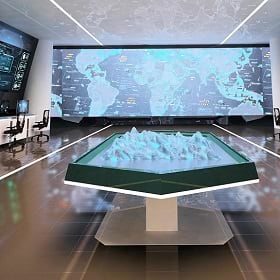
We’ve found that analysts with a GIS background tend to be the ones who drive the success of a geospatial center of excellence. They recognize the value of location intelligence, and they tend to be good at proving its value to colleagues.
A Maturity Curve Anchored by Tactical Awareness
Cross: Let’s revisit the maturity curve you mentioned earlier. Can you elaborate on how companies progress from operational awareness to strategic planning?
Nolan: In the early stages, a center of excellence tends to focus on real-time awareness. Analysts are tracking what’s going on and where, using maps and dashboards of IoT data, news feeds, cameras, and other data. If a natural disaster or a human-made event occurs, the team can quickly calculate its impact on the organization and deliver an assessment to relevant decision-makers. That jump-starts the company’s standard operating procedures for response and recovery.
Cross: Can you share an example of how a center of excellence works during a disruption?
Nolan: One global apparel company we work with runs a geospatial center of excellence, and when wildfires threatened huge areas of the Western states, their analysts created smart maps showing employees and business locations that could be affected. Those maps went right up the chain to decision-makers so they could make adjustments to daily operations and minimize the threat.
Another example is a Fortune 50 retailer whose center of excellence is down the hall from the C-suite. During natural disasters, top executives are in the room with analysts, asking questions and getting answers. That gives them the situational awareness to make smart decisions, in the right locations, to keep people safe and keep the business running.
We’ve seen that time and again with natural disasters, COVID, and more. The companies with strong centers of excellence respond faster and minimize negative impacts.
The Maturity Curve: Graduating to Strategic Support
Cross: If you follow the maturity curve beyond operational awareness and business resilience, where do you end up?
Nolan: You end up with a center of excellence that contributes to the strategic side of the business—and still practices the real-time awareness we just talked about. In fact, operational awareness is what often inspires the companies we work with to take a more strategic approach. At first, executives ask, ‘What’s happening at this store or in this state today?’ And then they begin to realize that the people in these CoEs—with the skills, data, and technology they have at their fingertips—can do more than explain what’s happening now. They can analyze what happened last quarter or even predict what might happen next year.
Cross: This suggests that the analysts in a strategic center of excellence tend to work with a broader group of business users—not just executives and operational managers?
Nolan: Right. You can think of a mature geospatial center of excellence as the center of a circle, with lines out to different missions within the company. The analysts support retail planners—figuring out where stores should be opened or where they might need to close because of changing customer patterns. They analyze the supply chain—keeping tabs on product sourcing, sustainability around the globe, resilience. They even work with operations teams to make smarter workplaces.
The common theme is that the center of excellence provides know-how, data, and service to end users. And behind the scenes, the CoE is creating what we call geospatial infrastructure, which is the platform that allows them to deliver insight. They can’t answer strategic questions unless they create the ability to take information from the field and serve up smart maps and dashboards.
The Benefits of Distributing Insight through the Organization
Business Impacts and Next Steps
Cross: You’ve advised analysts in centers of excellence throughout the Fortune 500. Is there an example of a business outcome that stands out to you?
Nolan: I think the COVID pandemic has been a huge test for geospatial centers of excellence, and they’ve really risen to the challenge. The teams we work with have used GIS to navigate the disruption in so many ways. They’ve developed maps that help executives track local restrictions and transmission rates, as well as the health status of employees and work sites. They’ve used anonymous movement data to understand how consumer preferences are changing, which helps companies connect with their customers in new ways. Some centers of excellence used smart maps to coordinate donations of personal protective equipment—and some are using GIS to plan vaccine distribution.
These teams have always impressed me, but during these extraordinary times, they’ve found new levels of creativity and new ways to use location technology to help their companies, colleagues, and communities.
Cross: Looking forward, what do you think will be cutting edge in these centers of excellence several years from now?
Nolan: I think the capabilities of these centers will improve a lot in the next few years. The companies that do this best will continue to adopt the most useful technology, including location technology that draws on artificial intelligence, big data processing, and digital twins—accurate virtual representations of the real world that can incorporate physical objects, processes, relationships, and behaviors.
They’ll excel at quick, on-demand data integrations. Analysts will use data as a service for everyday problem solving or long-term planning. They’ll tap into real-time data like human weather and other location-based insight to guide key decisions.
And centers of excellence will be much better at reusing tools and insight across the business. Today, a line-of-business manager might present a problem, a team of analysts will solve it, and the results remain locked in that project. CoEs are getting better at sharing insight with others in the organization, often through a self-service hub where people can interrogate data and get answers. That creates a multiplying effect for useful information.
We’ve already seen some companies move their geospatially enabled centers of excellence up the maturity curve, and I think that trend will only increase in the years ahead. It’s a great time to be a location analyst or a data scientist in the business world.
The Esri Brief
Trending insights from WhereNext and other leading publicationsTrending articles

December 5, 2024 |

July 25, 2023 |

November 12, 2018 |

April 29, 2025 |

February 1, 2022 |
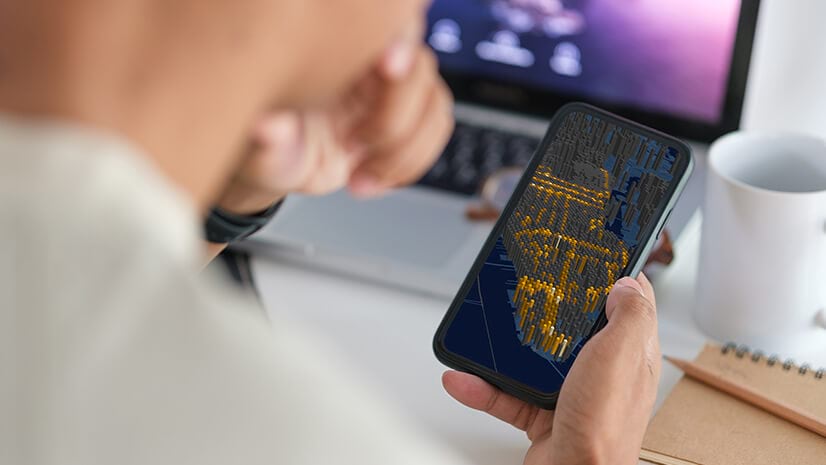
May 6, 2025 |


